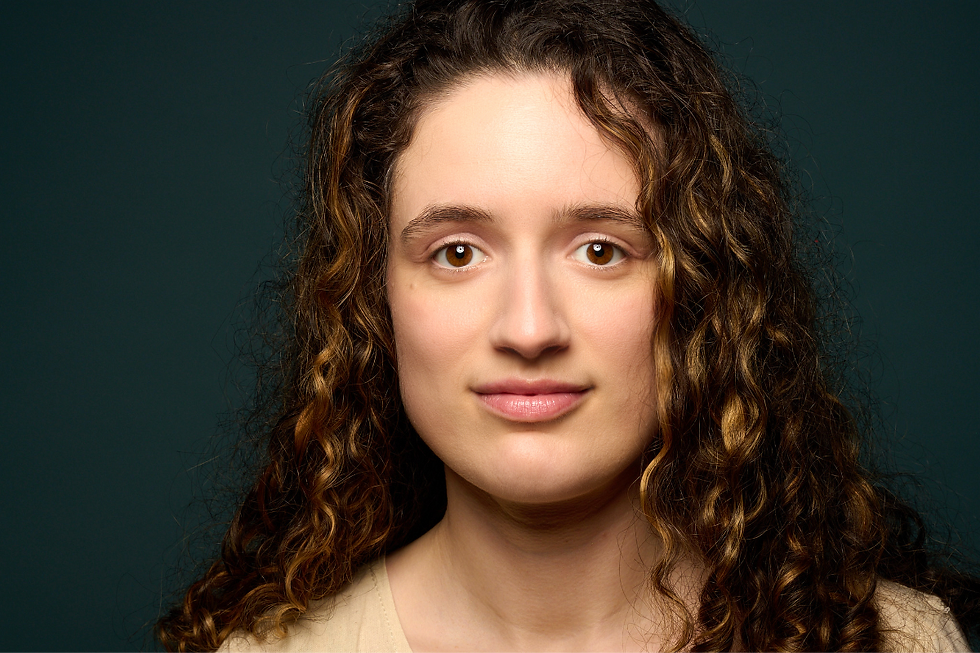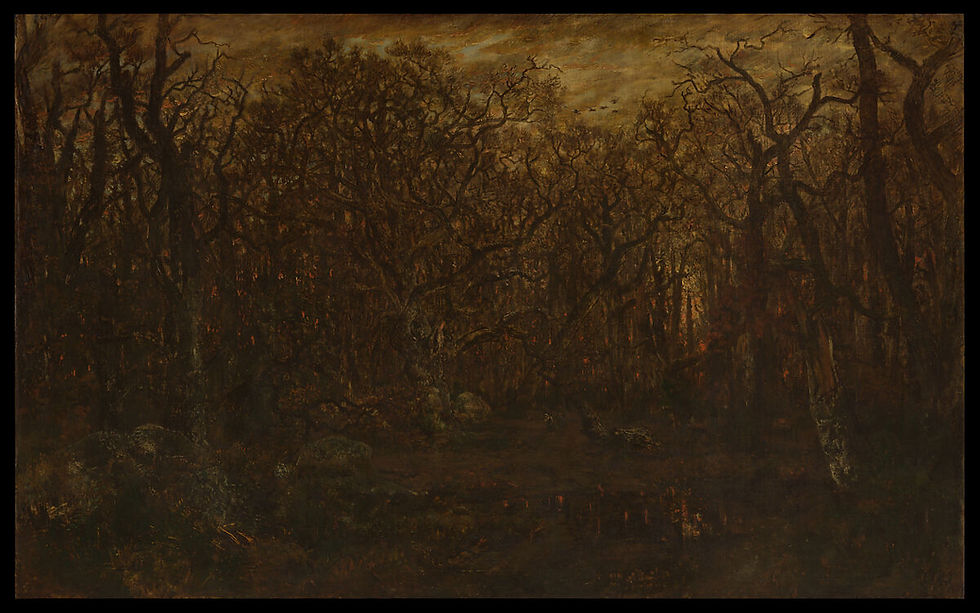Arcadia, Part 4: Where Did She Go?
- Kevin Keller
- Jul 6
- 2 min read
Updated: Jul 18

You may not know this, but Evensong wasn’t just an album of mine. It had a double life as the score for a full-length contemporary ballet, choreographed by my brilliant friend and longtime collaborator, Maria Caruso. Maria had been part of my creative orbit while I was composing Evensong, and she lived with the music for nearly a year before unveiling her dance work in late 2024. During that year, I gave her only the vaguest hints about the meaning behind the music. Why? Because I wanted her imagination to run wild. The only thing I asked was that the cast include a quartet of female dancers, to echo the four vocalists on the album. Oh, and I gave a gentle thumbs-up when she asked, “Red costumes instead of blue...is that okay?” (Spoiler: it was.) Aside from that, I had no idea what the final piece would look like. But I did know it would be stunning, because everything Maria touches turns into magic.
So in mid-November 2024, just after my own live performance of Evensong in New York, I hopped on a plane to Pittsburgh for the premiere of Maria’s Evensong. Naturally, in true travel-drama fashion, my flight was delayed for hours. By the time I arrived at the theater, the final tech rehearsal was long over. The only people left were Maria and the sound technician. I wandered the empty Kelly Strayhorn Theater as my score echoed from the house speakers, like a private concert in a cathedral. We made a few final tweaks to the sound, just to make sure every moment landed with the right amount of goosebumps.
When I finally sat down at the premiere the next night, I was just another audience member—completely in the dark (literally and figuratively). I hadn’t seen a single second of choreography. And then... the music began, and the curtain rose.
What unfolded was a deeply moving, otherworldly experience. Maria’s choreography was rich and layered, translating emotion into movement. The dancers seemed as though they were channeling something ancient and mysterious. The lighting, the costumes, and the sheer physicality of the piece all combined to create this dreamlike world that felt both mythic and intimate. The dancers seemed more like spirits from another realm than humans from this plane. For forty minutes, we were spellbound, carried along a journey that swept from conception to death with intensity and grace.
And the ending? Oh, the ending. Elektra Davis, the central figure of the ballet, was gently lifted and carried across the stage by the other dancers. They set her down in the downstage left corner. The music ended. In the silence, she quietly slipped into the wings, disappearing into the shadows as the lights faded to black.
Then the lights came up, and the applause was instant and electric. I knew, right then and there, this wasn’t the end. Maria and I needed to keep the story going - because I guarantee you, everyone in that audience was asking the same question as Elektra vanished into the darkness:
Where did she go?




Comments